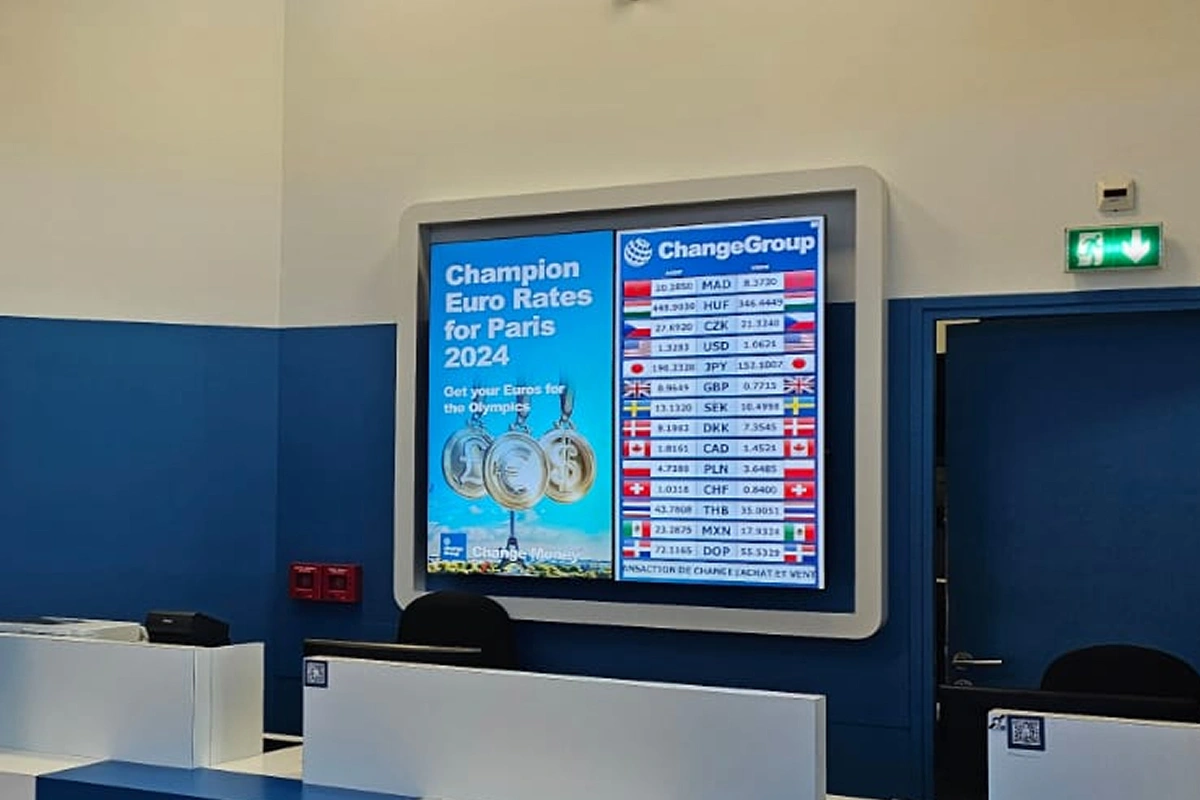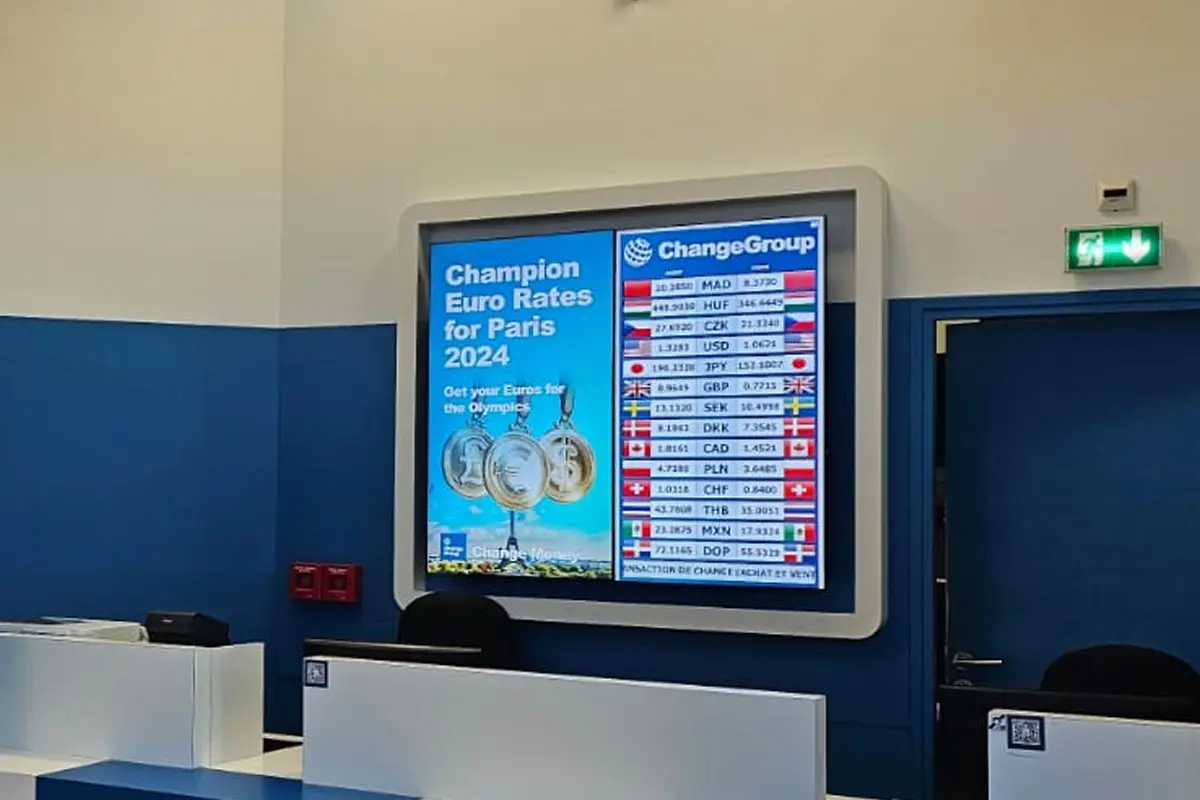How to read an exchange rates table?

Table of contents:
Whether you are planning a trip abroad, making an online purchase in a foreign currency or tracking financial market trends, it is essential to know how to read an exchange rate table in order to get the best prices. Commonly used in banks, currency exchange offices and specialised websites, these tables show the value of one currency relative to another. However, with all the numbers and abbreviations, it can be tricky to interpret the data correctly.
In this article, we'll walk you through how to read an exchange rate table so you can convert your currencies under the best conditions and avoid common mistakes.
Key Takeaways:
-
An exchange rate table shows the value of one currency relative to another, with rows representing the target currency and columns representing the rates for buying or selling.
-
Currencies are identified by three-letter ISO 4217 codes, such as USD for the US dollar or EUR for the euro, to avoid confusion between similar currencies.
-
To convert an amount, simply multiply the amount by the rate shown in the table, making sure to choose the right type of rate depending on the transaction (buying or selling).
-
Exchange rates change daily. It is therefore important to monitor their fluctuations and distinguish between the interbank rate, the buying rate and the selling rate.
-
Institutions often apply margins and commissions on interbank rates, but online currency exchange offices generally offer more favourable terms with lower fees.
Understanding rows and columns
Firstly, it is essential to understand how exchange rate tables are constructed.
Each row corresponds to the target currency, i.e. the currency you will receive after the exchange.
The columns correspond to the exchange rates applied depending on whether you are buying or selling the currency in question.
Identifying the amount received
Understanding ISO 4217 codes
Each currency is identified using its ISO 4217 code. This international standard allows currencies to be named using a 3-character alphabetic code. It was designed primarily to avoid confusion between certain currencies with identical names. The dollar, franc and pound are currencies used in several countries with very different exchange rates.
Taking the dollar as an example, the main codes used are as follows:
- USD for the US dollar;
- CAD for the Canadian dollar;
- AUD for the Australian dollar;
- NZD for the New Zealand dollar;
Other countries in Asia, South America and the Caribbean also use the dollar, and each of them therefore has its own ISO 4217 code.
Apply the conversion rate
Once you have identified the currencies, simply apply the conversion rate shown in the table.
For example, if you want to exchange euros for Thai baht, find the line corresponding to THB and identify the exchange rate that applies to you.
Let's say the corresponding value is 38.31, which means that for £1, you will get 38.31 THB.
If you want to exchange £150, simply do the following calculation:
150 x 38.31 = 5,746.5.
So, if you exchange £150, you will get 5,746.50 THB after the exchange.
Be aware of fluctuations and updates
Exchange rates are updated daily. To get the best prices, it is therefore advisable to check their fluctuations to identify the best time to exchange your currency.
Also, be sure to check the different types of rates. There are three types:
- The interbank exchange rate: the rate applied by banks when they exchange currencies between themselves. It is often called the ‘real exchange rate’, ‘market rate’ or ‘reference rate’. It is influenced by supply and demand and is generally the lowest rate. However, it is not accessible to the general public, who must go through specialised institutions to obtain their foreign currency.
- The buying rate: this is the rate applied by banks or bureaux de change when they buy your foreign currency in exchange for your local currency.
- The selling rate: the exchange rate applied by banks and bureaux de change when they sell you foreign currency.
Generally speaking, the interbank exchange rate is not available to individuals who wish to obtain foreign currency for travel abroad. If you exchange your currency before you leave, you should therefore take the buying rate into account.
Please note: buying and selling rates are always higher than the interbank exchange rate, as banks and exchange offices apply a margin to cover their costs.
Be aware of margins and commissions
Also remember to check for any margins and commissions that may be applied on top of the exchange rate so that you fully understand the amount you will receive after the exchange.
Currency exchange offices and banks earn their income from the margins they apply to the interbank exchange rate. However, this rate can vary depending on the institution. Commissions and additional fees may also apply, further reducing the amount of the desired currency.
Choosing an online currency exchange is generally a more economical solution. These apply a smaller margin, given their reduced costs. By booking your currency on our website, you not only benefit from more advantageous exchange rates, but also from a 0% commission.
You now have all the information you need to correctly read exchange rate tables and easily identify the most attractive prices. Don't forget that when you reserve your currency on our website, you benefit from preferential rates and 0% commission. When placing your order, you can choose the exchange office of your choice to collect it from. If you wish, you can also choose our home delivery service to have your currency delivered directly to your home.
-
How to read an exchange rates table?
July 4, 2025
-
When is the Best Time to Exchange Currency?
June 30, 2025
-
4 Food Destinations to Explore in Thailand
June 30, 2025

















